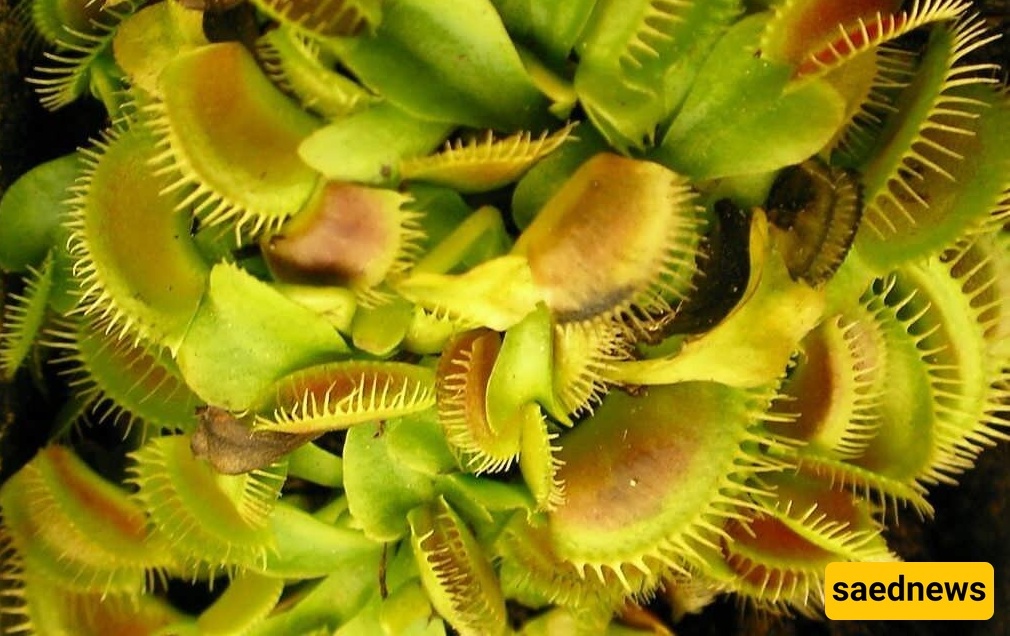SAEDNEWS: You might love carnivorous plants and want to grow them at home, but their care is very different from other plants. Here’s what you need to know and the precautions to take.

In some parts of the world, plants grow that are famously known as carnivorous. These fascinating plants have attracted enthusiasts everywhere—not just for their unique beauty, but also because they feed on pesky insects. There are about 600 species of carnivorous plants, and some of them can even be grown indoors. If you’re curious to get to know indoor carnivorous plants and keep them at home, stay with Saed News until the end of this article.
All plants need soil to grow and derive nutrients from it. But carnivorous plants, which thrive in swamps and marshes where the soil is nutrient-poor, have a unique solution: they trap insects to obtain nitrogen and other essential nutrients. When a small animal, bird, or insect lands on the leaf of these plants, the leaves snap shut suddenly. The plant’s tiny spikes pierce the prey, extracting its juices, which may include blood or lymph.

Interestingly, if the organism is not to the plant’s “taste,” it reacts not at all, and the prey remains unharmed. These plants are so precise that if you place a lifeless object of similar size on their leaves, the plant shows no response whatsoever.
Venus Flytrap: One of the most common and accessible carnivorous plants is the Venus flytrap. What makes it unique is that its flowers grow above the leaves, ensuring that pollinating insects do not fall victim. Its hunting is limited—over its lifetime, it can only catch prey 3 or 4 times.

Drosera (Sundew): This beautiful plant resembles a shiny droplet from above, spanning 5–10 cm. Its reddish, hairy leaves sit atop green stems, and it produces white flowers. Like other carnivorous plants, Drosera traps prey with its leaves. Needle-like hairs coated with sticky, sweet-tasting droplets lure insects, which are then digested over about two days using specialized enzymes once the plant confirms the prey is fully immobilized.
Sarracenia: If you’re looking for an attractive indoor carnivorous plant, Sarracenia is an excellent choice. It begins flowering in early spring, and its pitcher-like structures remain until late autumn, gradually wilting over time.
We hope you enjoyed learning about indoor carnivorous plants. This content is perfect to share with anyone fascinated by flowers and gardening. For more related stories and tips, check out the Lifestyle section on Saed News. Thank you for reading and exploring with us!

